Years ago when visiting Japan, the itinerary included a trip on the Shinkansen (Bullet Train) to Osaka. In preparation for the trip, we stopped at several small merchants stands to pick up various snacks. I noticed about a dozen hard-boiled eggs encased in twisted nylon netting hanging down in front of a display.
Yes, hard-boiled eggs. Imagine! We bought some to take with us on the long ride to Osaka. They were very tasty – nutritious and filling. They were different from what I had ever seen in the U.S. The centers were orange in color. I could not get it out of my mind that these hard-boiled eggs were sold from a hanging display at the Train Station. Such a sensible ingredient for a balanced lunch!
So now, here I am again in Japan, making my own hard-boiled eggs. But how does one compete with a memory? In Japan eggs are very rich and full of flavor, the yolks are bright yellow to orange in color, the membrane is thicker, consistency richer. I have researched this egg business on Goggle and discovered the reason some people think the yolks are so bright yellow-orange is that the farmer feeds the chickens marigold petals.
Well maybe! I also read that the grains fed to the chickens are carefully monitored. The eggs here are sold in only three sizes. There are more brown eggs and actually, there are many different shades of brown eggs. They are VERY fresh and somewhat difficult to peel. From what I read, this is typical of fresh eggs. (difficulty in peeling) Who knew? There are many ideas as to how long to cook a hard-boiled egg. It seems to be a tactical complement to do so without overcooking.
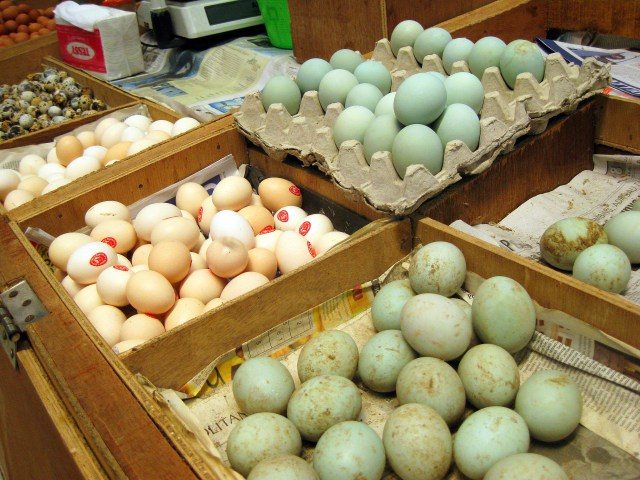
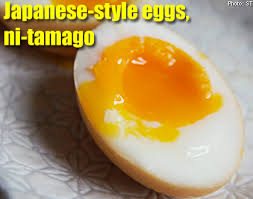
Eggs are used in many delicious ways, accompanying the main dish, side, or just on their own. Tamagoyaki, a slightly sweet rolled Japanese Omelette which is often found in Bento (box lunch) or served at breakfast, either way, gives added protein to the meal. Also marinated soft-boiled eggs (Ajitsuke) in Ramen. Many people dine on raw eggs mixed into their rice, into soup, or added to a stir fry. (Sukiyaki) I have not been able to do this myself probably because of prior training from childhood. To my knowledge, the fear of Salmonella infection is not in the mindset of any Japanese person. Whereas I am feeling symptoms at the very mention or idea of allowing even these freshest of fresh raw eggs to touch my lips. Even so, my paranoia aside, I’ve never tasted a better egg anywhere. Japanese eggs are a favorite food of mine. (pictures compliments of ohimyomiage.wordpress.com)
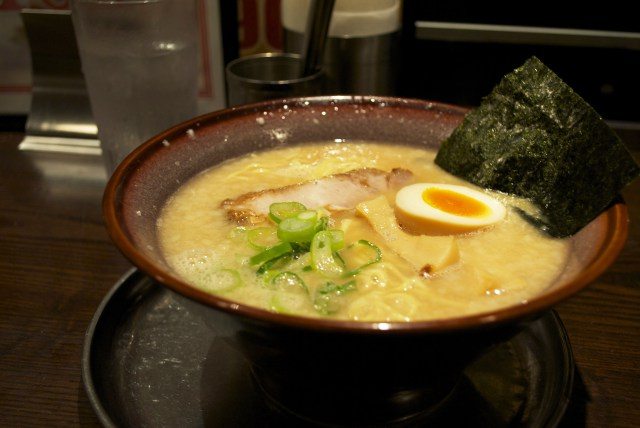
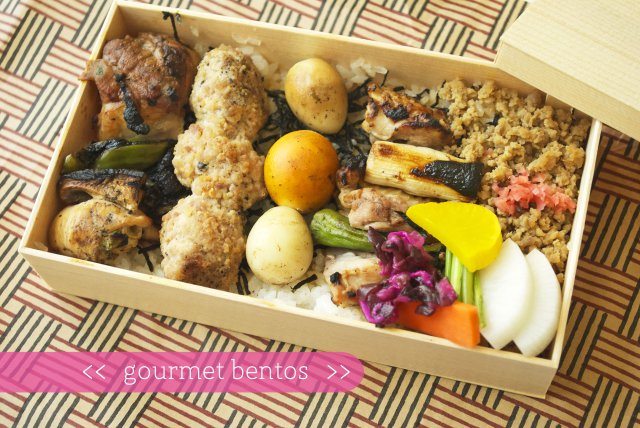
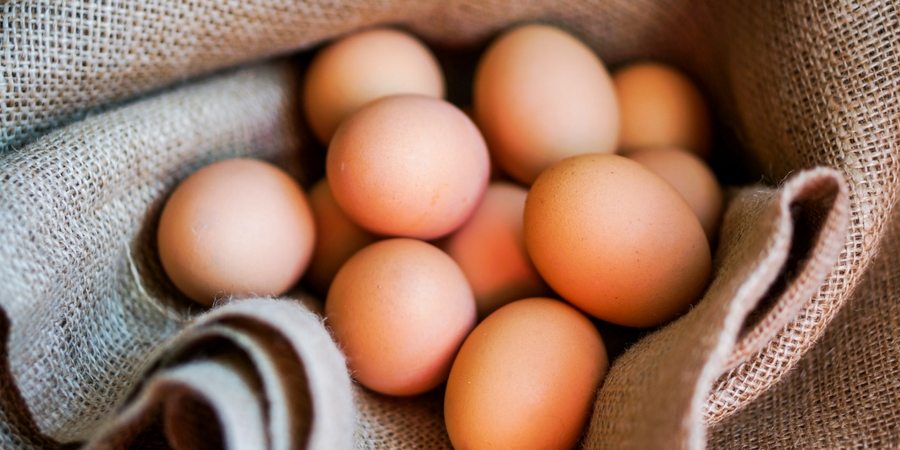


I was fortunate to grow up with chickens in our back yard. We always had lots of eggs. Dad experimented with the diet of our birds and found that greens (the darker the better) influenced the color and richness of the yolks. Dad was very proud (in his humble way) of the eggs our hens produced. This blog takes me back to a fond memory of my childhood. Thanks Sharon for a walk down memory lane.